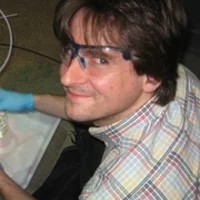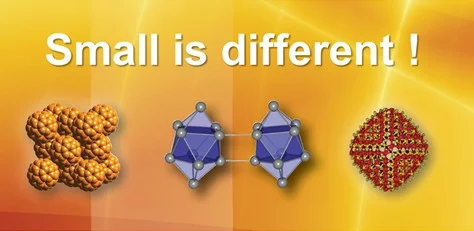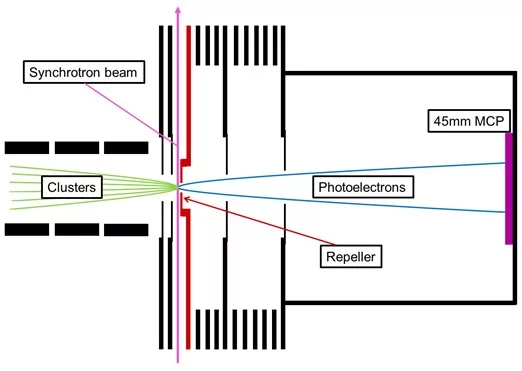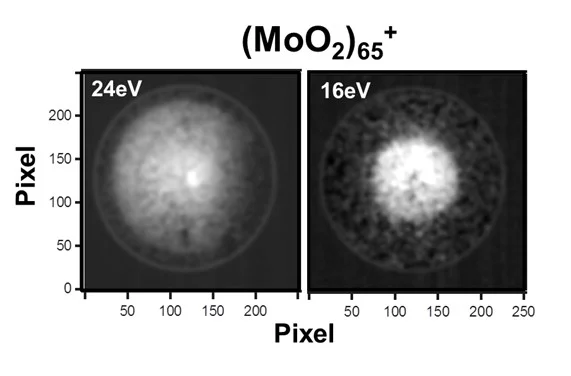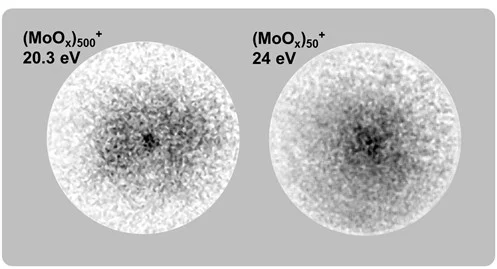We are developing a new experimental technique to record ultraviolet
and x-ray photoelectron spectra of size-selected clusters and
nanoparticles using synchrotron radiation. The new setup is
located at a sidebranch of the VUV beamline.
The Problem
The properties of clusters and nanoparticles may vary with each
additonal atom. For meaningful results, size-selection is required prior to the
experiment. The particles need to be charged in order to mass separate them.
As a result, the sample in numerous cluster experiments is an
ion beam with a target density several orders of
magnitudes lower than in a gas jet. For photoelectron spectroscopy,
the low target density is usually compensated by the high light
intensity of a laser. With commercial lasers, intense radiation is available at photon energies
up to 7.9 eV. This restricts photoelectron spectroscopy to the study of the uppermost occupied valence orbitals.
Goals
Some metal clusters have higher catalytic activity than the
surfaces of the corresponding bulk metals. The mechanism
responsible for this size-dependence are still a matter of
research. The first step in a catalytic reaction is the
chemisoprtion of a molecule to the catalyst.
In the case of CO, the chemisoprtion bond is
formed by the interaction of the CO orbitals with
the metal orbitals. These orbitals can be studied with valence
band photoelectron spectroscopy. However, the binding energies of
these orbitals are above 10eV. Higher photon energies are required
to study these orbitals with photoelectron spectroscopy.
The Idea
A synchrotron is the perfect light source for photoelectron
spectroscopy. With a combination of an intense
cluster ion source and an electron spectrometer with a
high collection Efficiency, it is possible to carry out photoelectron
spectroscopy of size-seletced clusters with synchrotron
radiation. A magnetron sputter source is able to deliver
several nanoamperes of size-selected clusters. A velocity map
imaging spectrometer collects pratically all photoelectrons.
In addition, in the weak electrostatic field of the VMI
positively charged clusters turn around. At the
turn around point, the target density is highest, and suffcicient for photoelectron spectroscopy.
